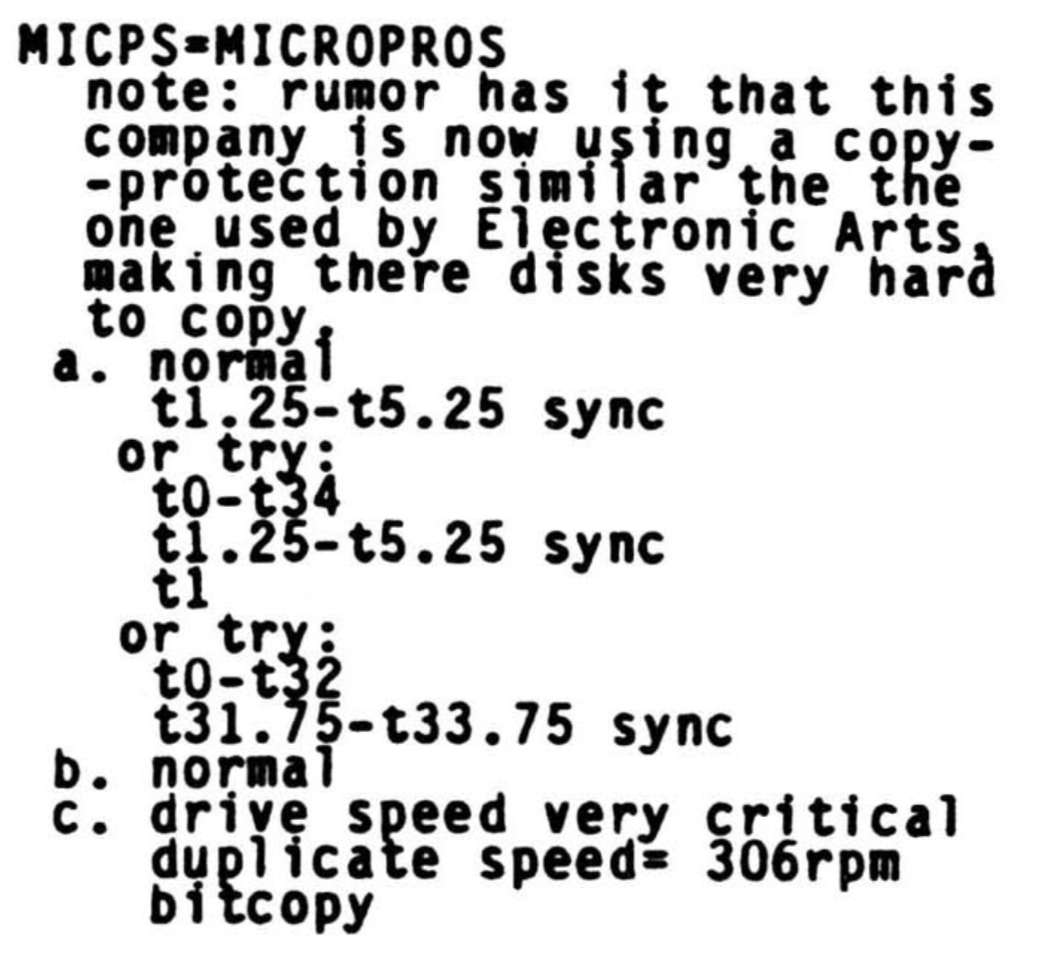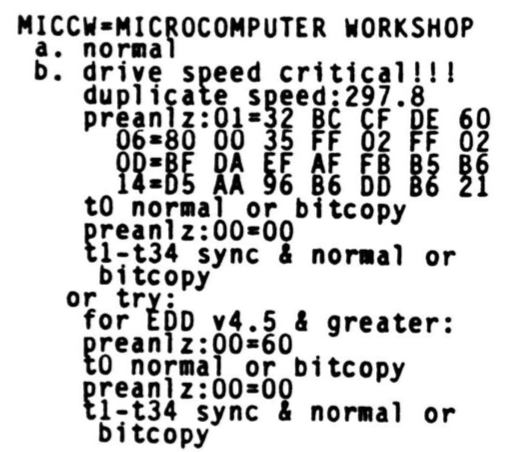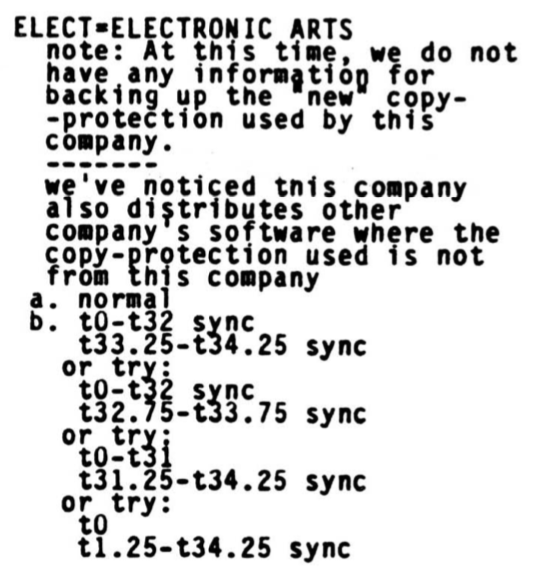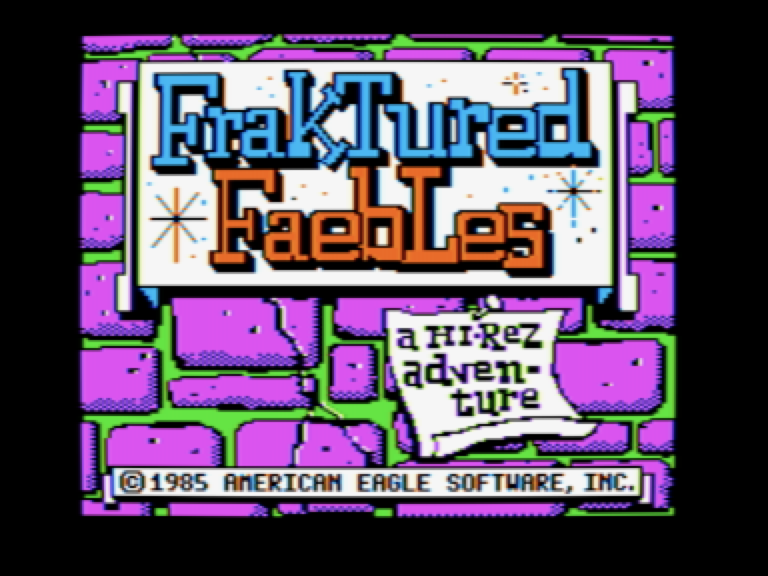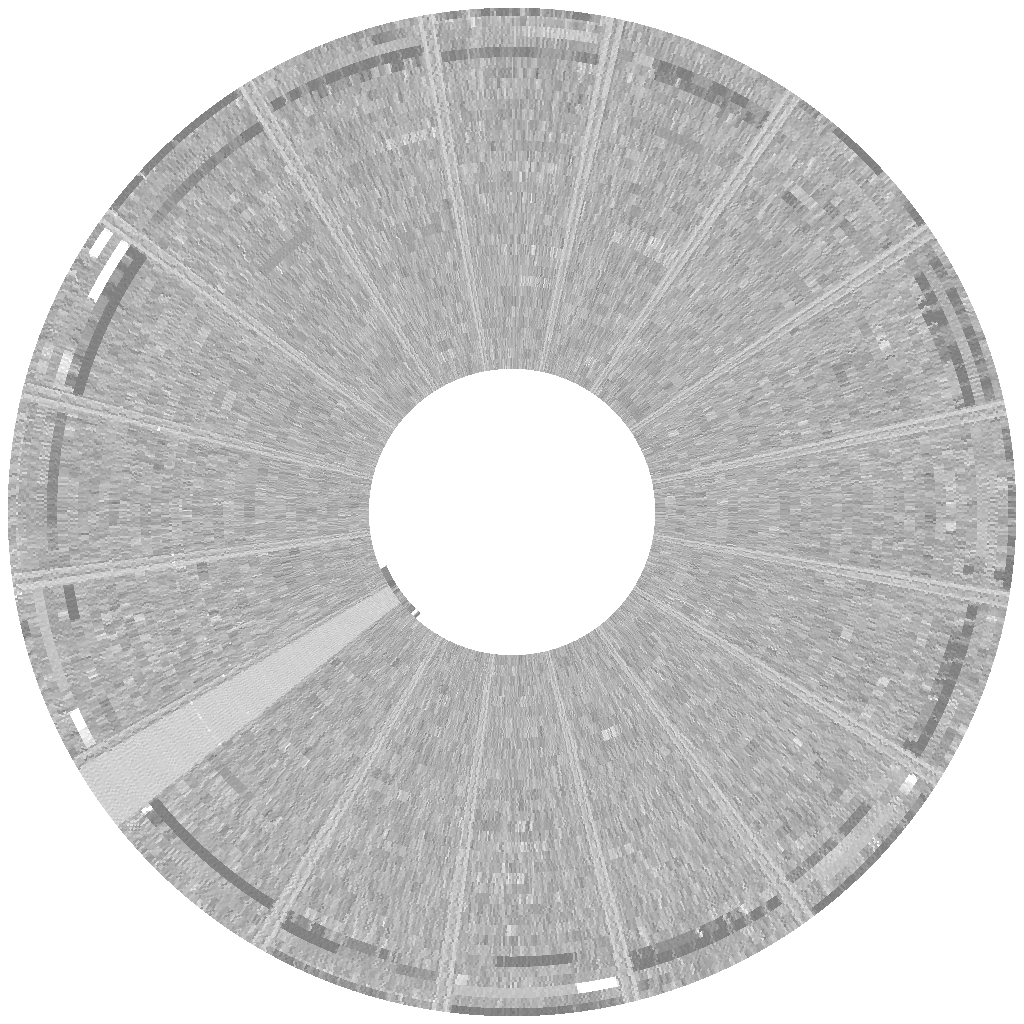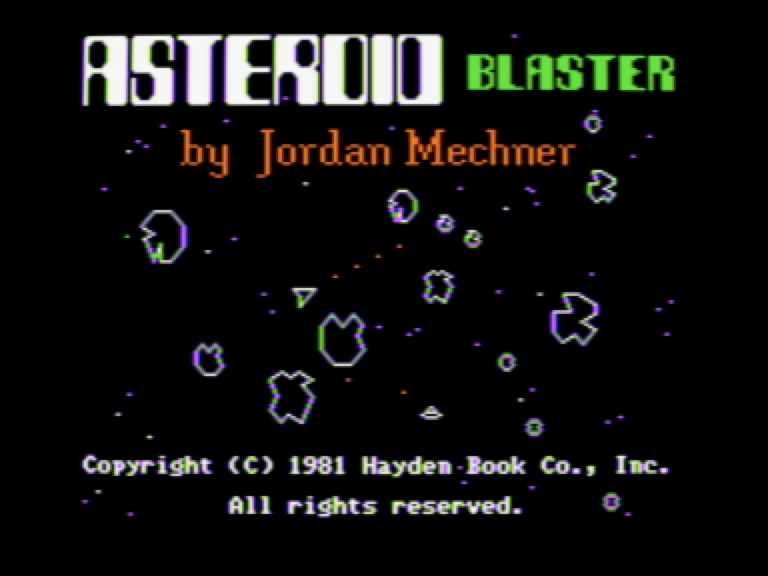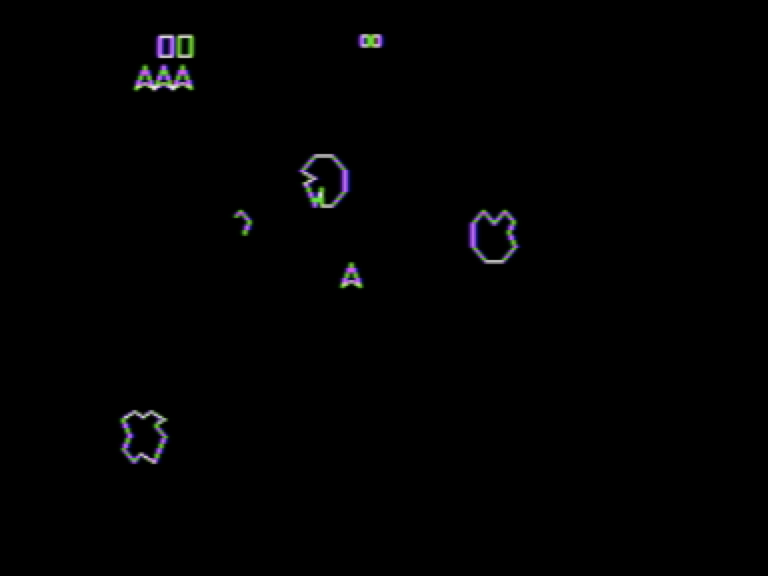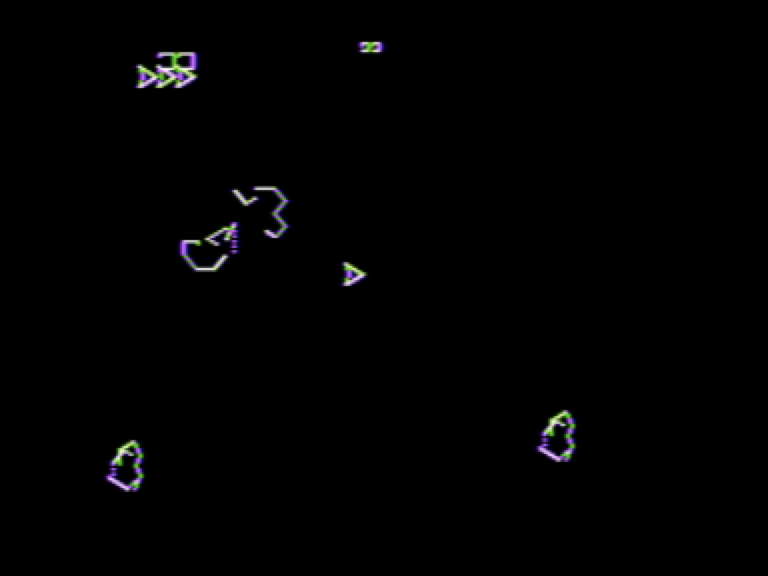I spent some quality time reading the Essential Data Duplicator manual, as one does. This was the best bit copier ever written for the Apple ][. It received updates until 1993 (!) and never branched out into general disk/file utilities. It was what it was and made no apology.
1/
1/
The manual is well-written, extremely technical, and pulls no punches. Here it accuses the author of Locksmith (another popular bit copier) of inventing and productizing a copy protection scheme, i.e. playing both sides.
2/
2/

Like several other bit copiers, Essential Data Duplicator invented what we would now call a DSL (domain-specific language) for declaring how to copy specific disks. Here is its annotated DSL routine for copying "Lock-It-Up".
4/
4/

In prose, this searches the track buffer for the address prologue for track $00 sector $0A, and replaces the entire data field with $00 nibbles. Due to limitations of the Apple ][ disk hardware, you can write $00 nibbles but they will get read back as random data.
5/
5/
Since EDD can't distinguish this random nonsense data from, you know, actual data, it includes this routine to rewrite the sector. Note that the routine is not executed by default. You have to enable it per-disk.
6/
6/
This is how all bit copiers worked. They included specialized routines for copying specific disks, but they punted the analysis to the end user. Then they sold parameter lists as updates, either on paper or on disk, that mapped programs to the routines that could copy them.
7/
7/
There was a LOT of domain knowledge in these parameter lists, but sadly, there was not a lot of quality control. Many were submitted by end users. Others were scraped from questionable sources. Everything was aggregated and nothing ever removed, because you never know.
8/
8/
Publishers frequently rereleased popular titles with new protection (which was productized and sold by disk duplication companies), so... maybe try this? Or that? Or one of these others from another company?
9/
9/
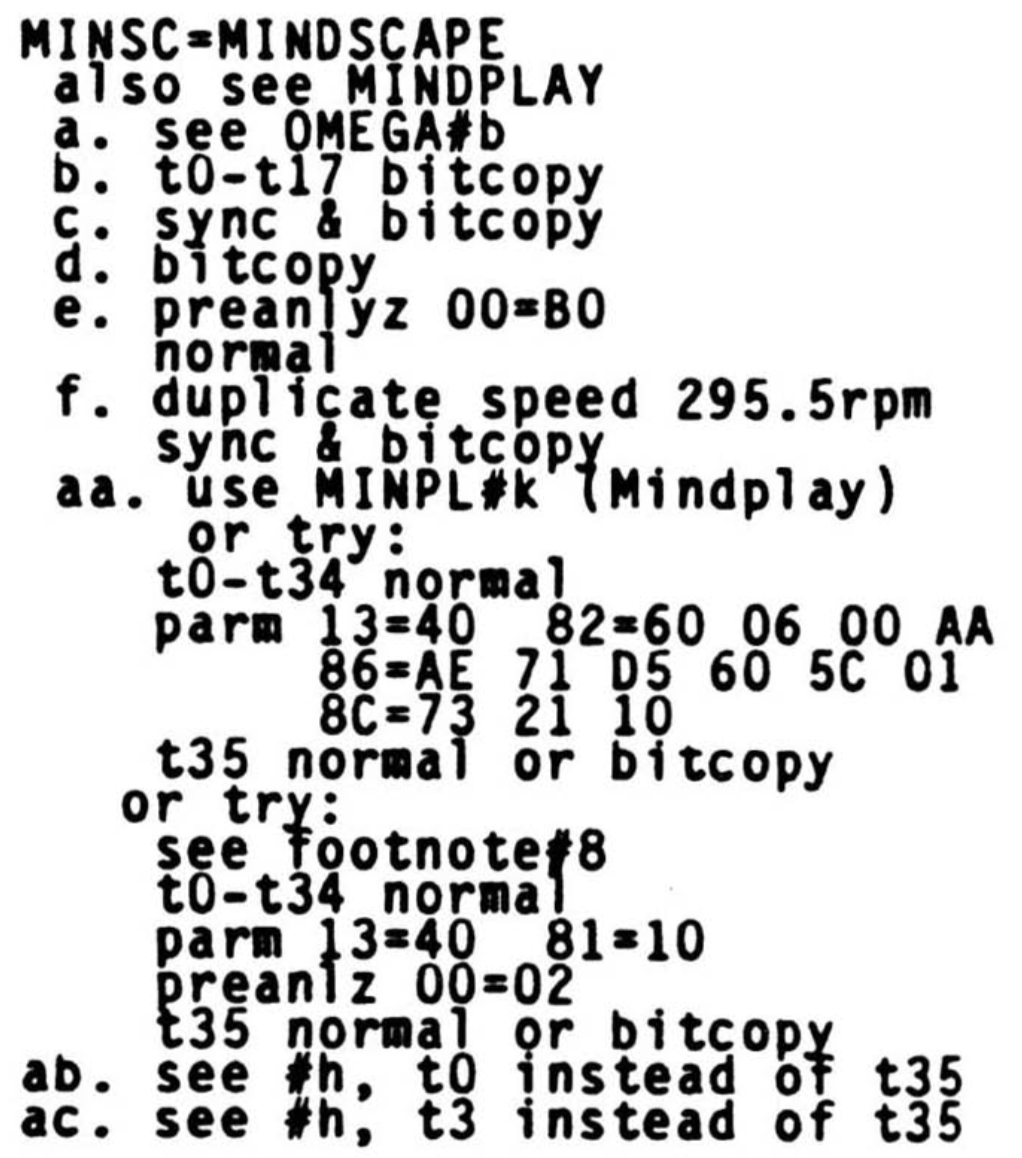
I knew basically none of this history when I started cracking (in 2014) or started writing Passport (in 2016). It's interesting to go back now and compare the collective wisdom of 1993 with what we've (re)learned in the modern era.
15/
15/
For example, I rediscovered the "Lock-It-Up" protection because I kept finding it on individual disks, and I eventually realized it was productized, but I didn't know it had a name. Passport just called it "the $BB00 protection check" until yesterday: github.com/a2-4am/passpor…
16/
16/
I rediscovered the "generic bit-slip" protection in 2015, reverse engineered it by looking at the protection code, and called it the E7 bitstream.
17/
https://twitter.com/a2_4am/status/604771236074418176
17/
I was not the first to figure out any of this. Here's a great write-up on "generic bit-slip" protection by Michael Kelsey in 1993, including a method of resynchronizing the bitstream: groups.google.com/d/msg/comp.sys…
18/
18/
The defeat-by-resynchronization was rediscovered by @a2_qkumba in 2015: hackzapple.com/phpBB2/viewtop…
19/
19/
I later minimized qkumba's resynchronization method down to a 12-byte patch, which I included in Passport. github.com/a2-4am/passpor…
20/
20/
What I'm saying is that, in 2043, someone who's never heard of 4am or qkumba or Passport is going to rediscover how Apple ][ copy protection works, from the bits up, and I hope they enjoy it as much as I have.
That's not where I thought this thread was going, but okay.
/fin
That's not where I thought this thread was going, but okay.
/fin
• • •
Missing some Tweet in this thread? You can try to
force a refresh


